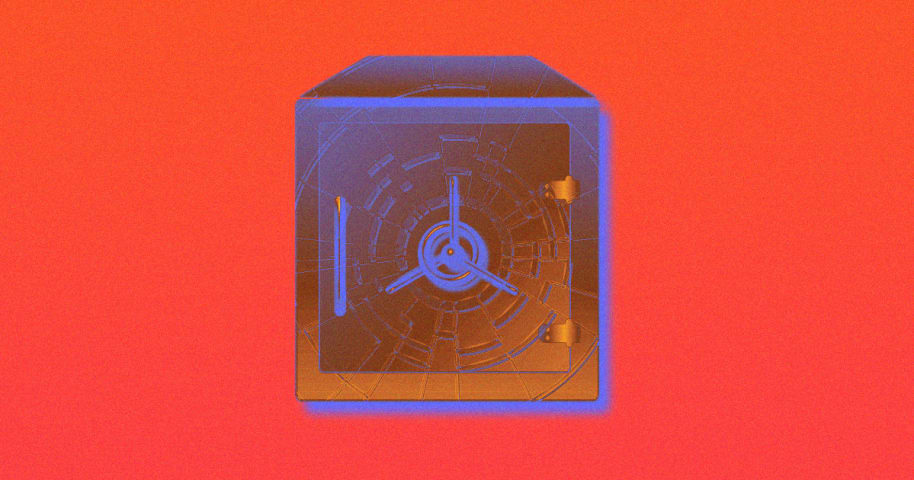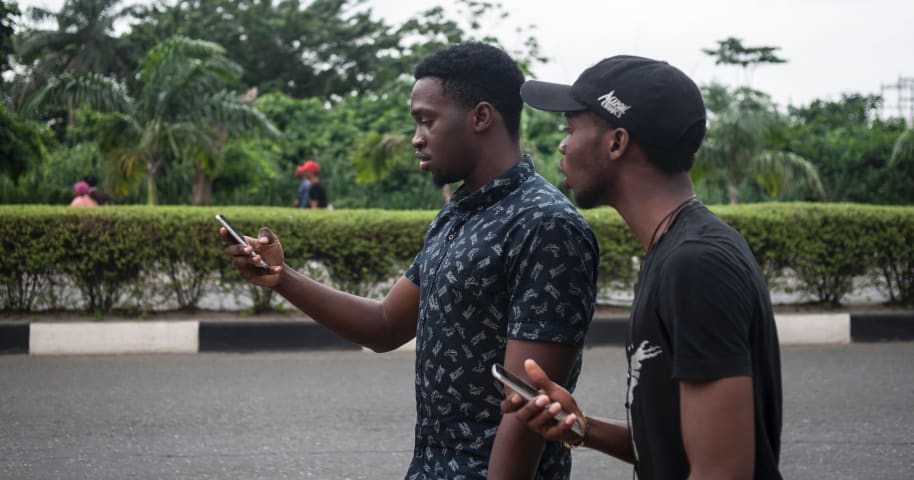概要: 詐欺師たちはAIツールを用いてブローカーExanteのクローンを作成し、JPモルガン・チェースの口座を登録し、Exanteの取引インターフェースを模倣することで、少なくとも1人の米国人を騙しました。AIが生成した偽造文書、ディープフェイク、そしてクローンウェブサイトが、この詐欺を可能にしました。米国では事業を展開していないExanteは、この詐欺行為を認め、複数の米国政府機関に報告書を提出しました。
Editor Notes: While generative AI–produced identity documents were not explicitly confirmed in this case, their use is consistent with reported capabilities and plausibly supported the creation of financial infrastructure. This incident report treats them as a likely—but not definitively verified—component of the broader scam operation. See also Incident 1018, "OpenAI's 4o Model Reportedly Enables Fraudulent Document Generation."
Alleged: Unknown generative AI developers と OpenAI developed an AI system deployed by scammers , Fraudsters と Scammers cloning Exante, which harmed Individual investors , Exante と JPMorgan Chase.
インシデントのステータス
インシデントID
1019
レポート数
2
インシデント発生日
2025-04-10
エディタ
Dummy Dummy
インシデントレポート
レポートタイムライン
Loading...

- 「普通の」クローンは2023年のもの:AI生成のパスポート、ディープフェイク、ウェブサイトなどを使い、詐欺師たちは高度で大規模、かつ超リアルな詐欺を仕掛けている。
- 「これはスピード勝負だ」とExanteのコンプライアンス責任者は述べた。「素早くコピーして作成するにはAIツールが必要だ」。
詐欺師たちは非常に巧妙になり、従来の銀行口座さえも狙えるようになった。ある事例では、詐欺師たちがJPモルガン・チェースの銀行口座を開設し、米国ではサービスを提供していない証券会社Exan…
Loading...

AIの活用により、詐欺師はなりすまし対策や音声認証を回避できるようになり、偽造身分証明書や金融文書を驚くほど迅速に作成できるようになりました。生成技術の進化に伴い、その手口はますます巧妙になっています。消費者はどのように身を守るべきでしょうか?また、金融機関はどのように対策を講じることができるでしょうか?
1. ディープフェイクがなりすまし詐欺を助長する
AIは、史上最大のなりすまし詐欺を可能にしました。2024年、英国に拠点を置くエンジニアリングコンサルティング会社Arup…
バリアント
「バリアント」は既存のAIインシデントと同じ原因要素を共有し、同様な被害を引き起こし、同じ知的システムを含んだインシデントです。バリアントは完全に独立したインシデントとしてインデックスするのではなく、データベースに最初に投稿された同様なインシデントの元にインシデントのバリエーションとして一覧します。インシデントデータベースの他の投稿タイプとは違い、バリアントではインシデントデータベース以外の根拠のレポートは要求されません。詳細についてはこの研究論文を参照してください
似たようなものを見つけましたか?



